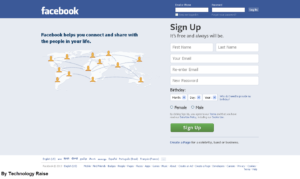
Community: Facebook
For social media, the importance of the number of viewers glued to their computer or smartphone screens is every bit as important (if not more so) as it is to commercial television. There’s a reason why Facebook’s 10-K filing with the U. S. Securities and Exchange Commission (SEC) uses the acronym ARPU, as in average revenue per user.5 According to Facebook’s fourth-quarter 2019 results, its worldwide ARPU was $8.52, while the combined ARPU for the U.S. and Canada was $41.41.4 Multiply those numbers by the aforementioned estimated user base, and now you can understand why Facebook has a market capitalization of over $600 billion.
When Facebook founder Mark Zuckerberg went looking for a chief operating officer in 2007, it’s no coincidence that he selected not an engineer nor a technologist but a vice president with a background in advertising sales. Sheryl Sandberg had spent 6.5 years selling advertising as a vice president at Google (GOOG).6
Since its initial public offering (IPO) in 2012, Facebook’s stock price has jumped from about $38 per share to $210 per share as of Feb. 6, 2020—an increase of 453%.7
How WhatsApp Helped Facebook Generate Revenue
Growing Facebook’s user base to the point where it reached critical mass was obviously important to the company’s operations, but only to the extent that it provided something to attract advertisers. To an uninterested observer, committing $19 billion to acquire the texting application WhatsApp might sound like the height of dotcom-era hubris and recklessness.8 But it wasn’t.
WhatsApp boasts over 1.5 billion monthly active users, which to Facebook management means an even greater stock of susceptible minds to sell as a unit to companies looking to, for instance, move a few more smartphones this quarter. Every acquisition Facebook has made since, whether it was $1 billion for Instagram or $19 billion for WhatsApp, was conducted with the same goal in mind.8
Leave a Reply